Discovery confirms decade-old prediction and sheds light on underexplored class of 2D materials

Atomic-resolution scanning tunneling microscopy image (left) overlapped with the copper boride (Cu8B14) structural model.
More than ten years ago, researchers at Rice University led by materials scientist Boris Yakobson predicted that boron atoms would cling too tightly to copper to form borophene, a flexible, metallic two-dimensional material with potential across electronics, energy and catalysis. Now, new research shows the prediction holds up, but in an unexpected way.
Unlike systems such as graphene on copper, where atoms may diffuse into the substrate without forming a distinct alloy, the boron atoms in this case formed a defined 2D copper boride — a new compound with a distinct atomic structure. The finding, published in Science Advances by researchers from Rice and Northwestern University, sets the stage for further exploration of a relatively untapped class of 2D materials.
– See more at Rice News


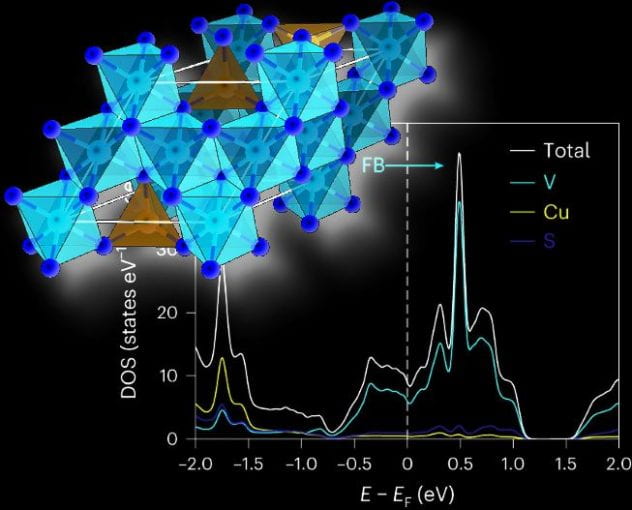

 Up here in the macro world, we all feel fatigue now and then. It’s the same for bundles of
Up here in the macro world, we all feel fatigue now and then. It’s the same for bundles of 
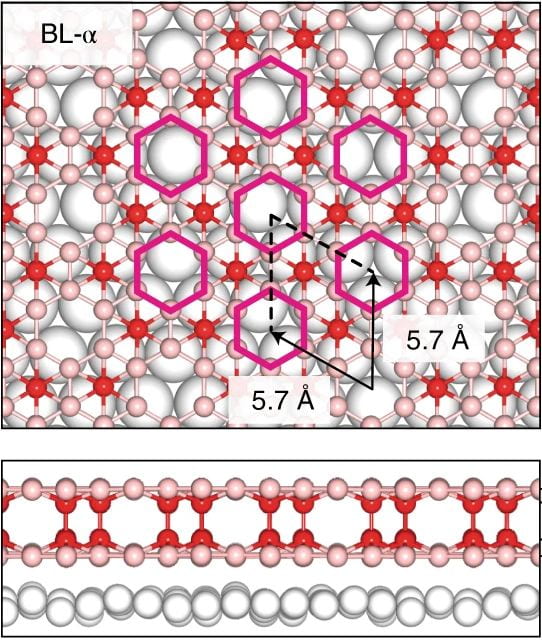 If one layer of
If one layer of  Predictive modeling of 2D materials is at the crossroad of two current rapidly growing interests: 2D materials per se, massively sought after and explored in experimental laboratories, and materials theoretical-computational models in general, flourishing on a fertile mix of condensed-matter physics and chemistry with advancing computational technology. In the April issue of
Predictive modeling of 2D materials is at the crossroad of two current rapidly growing interests: 2D materials per se, massively sought after and explored in experimental laboratories, and materials theoretical-computational models in general, flourishing on a fertile mix of condensed-matter physics and chemistry with advancing computational technology. In the April issue of  Rice University researchers have created a “defective” catalyst that simplifies the generation of
Rice University researchers have created a “defective” catalyst that simplifies the generation of  Carbon nanotube fibers are not nearly as strong as the nanotubes they contain, but Rice University researchers are working to close the gap.
Carbon nanotube fibers are not nearly as strong as the nanotubes they contain, but Rice University researchers are working to close the gap.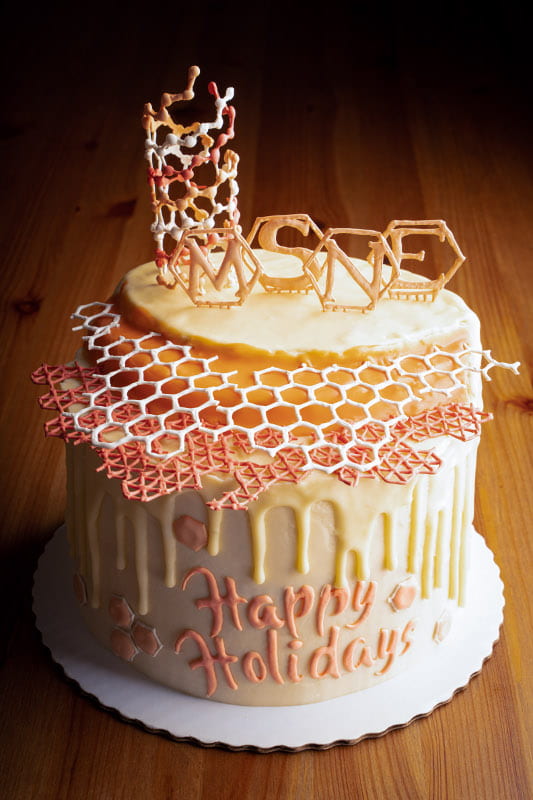
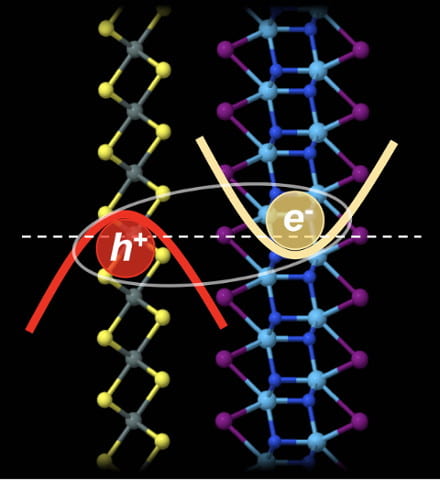 Mixing and matching computational models of 2D materials led scientists at Rice University to the realization that
Mixing and matching computational models of 2D materials led scientists at Rice University to the realization that 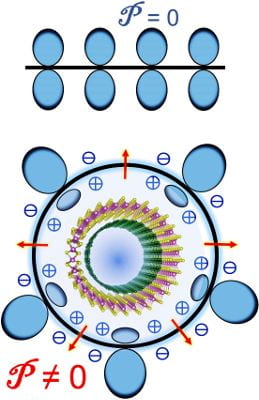 One nanotube could be great for electronics applications, but there’s new evidence that two could be tops.
One nanotube could be great for electronics applications, but there’s new evidence that two could be tops. bulk quantities of just about any carbon source into valuable graphene flakes. The process is quick and cheap; Tour said the “flash graphene” technique can convert a ton of coal, food waste or plastic into graphene for a fraction of the cost used by other bulk graphene-producing methods.
bulk quantities of just about any carbon source into valuable graphene flakes. The process is quick and cheap; Tour said the “flash graphene” technique can convert a ton of coal, food waste or plastic into graphene for a fraction of the cost used by other bulk graphene-producing methods.
 If you can make a single
If you can make a single